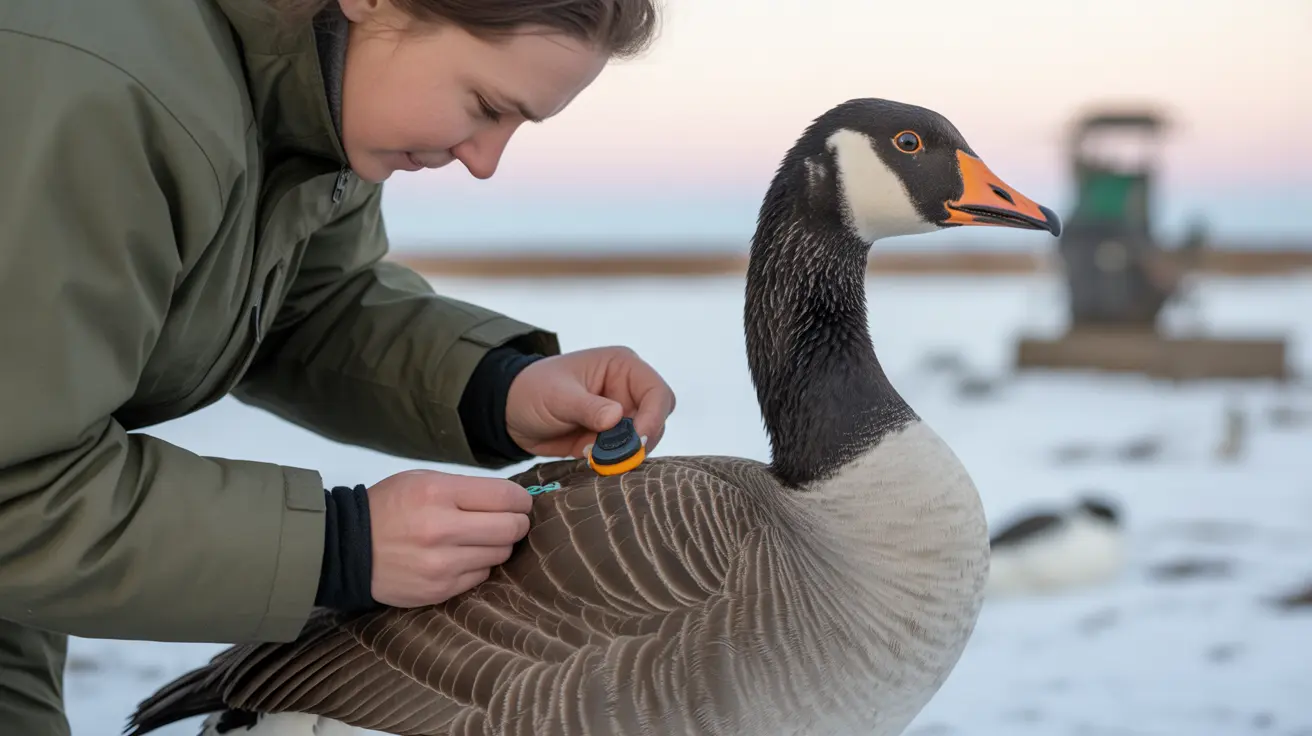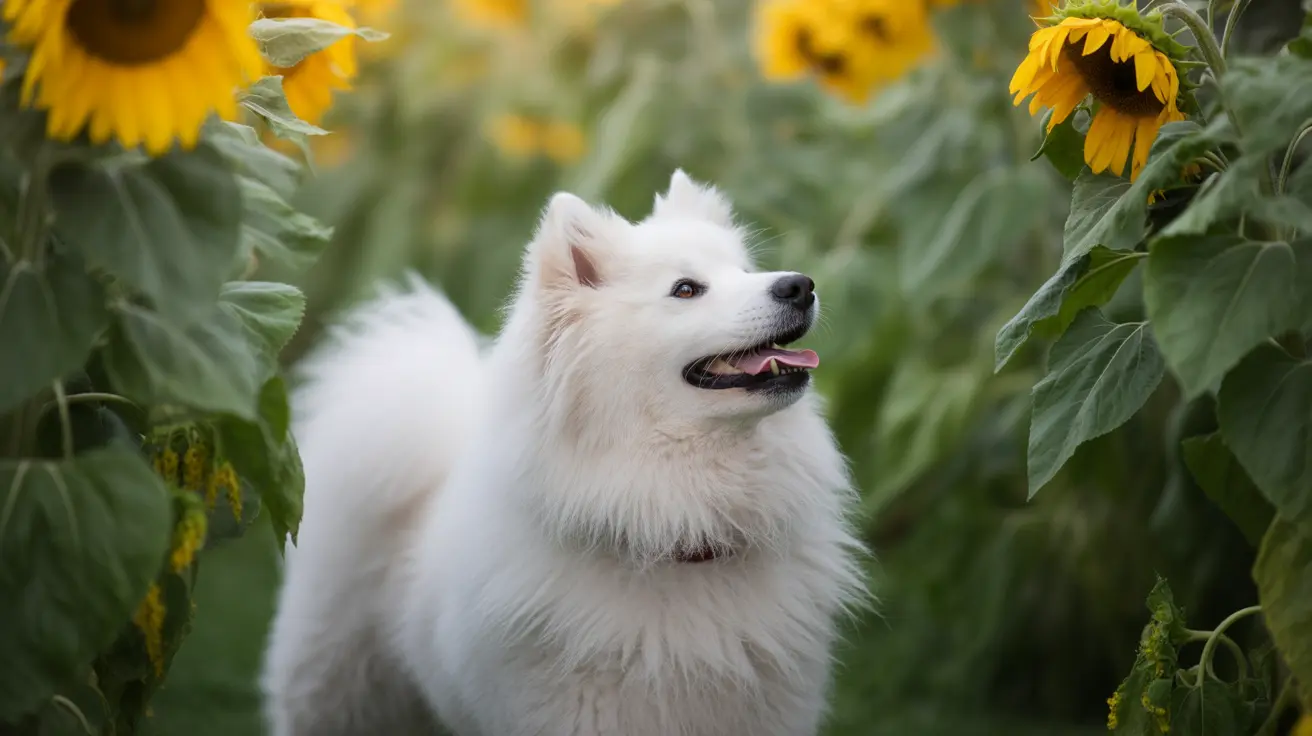A groundbreaking initiative is transforming our understanding of wildlife behavior and environmental changes through advanced animal GPS tracking technology. The ICARUS programme aims to monitor 100,000 animals worldwide, creating an unprecedented network of animal-based data collection that could help predict natural disasters and track the spread of diseases.
This ambitious project represents a significant leap forward in wildlife satellite tracking capabilities, utilizing cutting-edge GPS transmitters and the International Space Station (ISS) to gather detailed information about animal movements, behavior patterns, and environmental conditions across the globe.
How Wildlife Satellite Tracking Works
The ICARUS system employs lightweight animal GPS tags that weigh less than 5 grams, making them suitable for a wide range of species. These miniature devices collect and transmit crucial data about the animals' locations, movements, and physiological conditions to satellites, which then relay the information to researchers through the Movebank database.
Animal Migration Tracking Benefits
- Early warning systems for natural disasters
- Monitoring of disease outbreaks
- Climate change impact assessment
- Conservation planning
- Understanding migration patterns
Tracking Animals for Climate Change Research
Scientists are using this sophisticated satellite animal monitoring system to observe how various species respond to environmental changes. By analyzing movement patterns and behavioral adaptations, researchers can better understand the impact of climate change on wildlife populations and ecosystems.
Animal Tracking for Disaster Prediction
One of the most promising applications of this technology is its potential to detect natural disasters before they occur. Animals often exhibit unusual behavior patterns prior to earthquakes, storms, and other natural phenomena, making them valuable early warning indicators when monitored systematically.
The Future of Insect Tracking Technology
The ICARUS project team is working to develop even smaller GPS tags weighing less than 1 gram, which would enable tracking of insects and other tiny creatures. This advancement could revolutionize our understanding of pollinator movements and insect migration patterns, critical factors in ecosystem health.
Animal Physiology Monitoring GPS
Beyond location tracking, the sophisticated sensors in these GPS tags can monitor various physiological parameters, providing valuable insights into animal health and behavior. This data helps researchers better understand how environmental changes affect different species at both individual and population levels.
Frequently Asked Questions
What is the ICARUS project and how does it track animals globally?
ICARUS is an international initiative using miniature GPS tags and satellite receivers, notably on the International Space Station (ISS), to track the movements, physiology, and environment of up to 100,000 animals worldwide, sharing data via the Movebank database.
How do ICARUS GPS tags affect the animals wearing them?
The tags weigh less than 5 grams—typically under 5% of the animal's body weight—to avoid hindering movement or survival; studies show they do not negatively affect animal behavior when used responsibly under ethical approvals.
Can the ICARUS system help predict natural disasters or pandemics?
Yes, ICARUS tracks changes in animal behavior that often precede events like earthquakes or disease outbreaks, aiding early warnings for natural disasters and zoonotic diseases such as bird flu and Ebola.
Conclusion
The ICARUS programme represents a revolutionary approach to understanding animal behavior and environmental changes on a global scale. Through this extensive network of animal GPS tracking devices, researchers are gaining unprecedented insights into wildlife movements, environmental changes, and potential natural disasters. As the technology continues to evolve, its applications in conservation, disaster prevention, and scientific research will likely expand, offering even more valuable data for protecting both wildlife and human communities.
The project's open-access approach through Movebank ensures that this wealth of information remains available to scientists, educators, and the public, fostering greater understanding and appreciation of our planet's complex ecosystems and the creatures that inhabit them.






